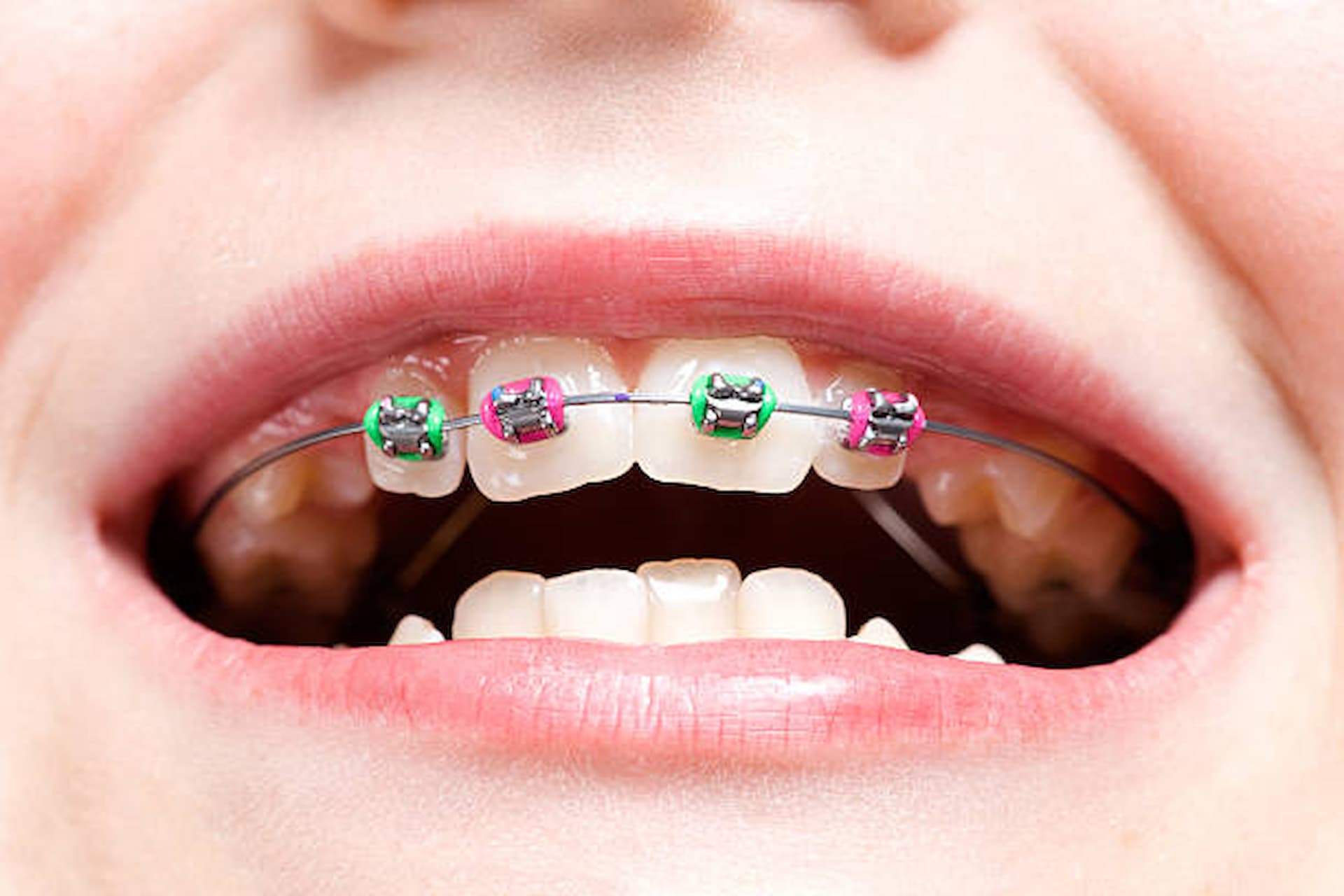Malocclusion, more often referred to as a ‘bad bite’, is one of the most commonly occurring dental problems, yet most patients don’t know what it means, how it can affect their oral health and what can be done to help.
Here we take you through the different types of malocclusions to find out what they are and how they can be treated.
- What is malocclusion?
The way that the teeth on the top and bottom jaw connect is extremely important. When this oral function operates properly it is a normal occlusion, but when there are problems with it, it is called a malocclusion. This is where the top and bottom teeth don’t align correctly when the mouth is closed and the teeth are bought together. It can happen as a result of missing teeth, overcrowding, crooked teeth, misalignment of the jaws, inherited conditions or due to bad habits such as thumb sucking as a child.
- Classes of malocclusions
There are 3 different classes of malocclusion based on the bite and whether the upper and lower teeth are misaligned.
- Class 1 malocclusion is the most common and categorised as a normal bite where the upper teeth slightly over the lap the lower ones.
- Class 2 malocclusion is called retrognathism or ‘overbite’ and occurs when the upper jaw and teeth severely overlap the lower teeth and jaw.
- Class 3 malocclusion is categorised as a prognathism or ‘underbite’ where the bottom jaw protrudes forward causing the lower jaw and teeth to overlap those above.
- Types of malocclusions
Along with the different classes of malocclusion, there are also different types.
Overbite – a small amount of overlap is normal but too much can lead to problems such as front teeth biting the gums or the lower teeth connecting with the root of the mouth.
Underbite – the lower front teeth protrude further forward than the upper teeth, this is also known as an anterior crossbite.
Overcrowding – this is a common issue that normally occurs due to a lack of space because of crooked or overlapping teeth.
Spacing – too little space for the teeth and crowding can adversely impact the eruption of permanent teeth.
Crossbite – this can happen both or either side of the jaw when the upper teeth bite inside the lower teeth and can affect the front or back teeth.
Overjet – this is when the front top teeth extend further out than the lower front teeth horizontally which can affect a person’s ability to speak and chew properly.
Diastema – commonly known as ‘gap teeth’ this refers to the space between two adjacent teeth and is mostly seen occurring with the front two teeth.
Impacted tooth – this means that a tooth cannot erupt from the gum naturally in which case it may need to be exposed so that a brace can be fitted to it, or extracted.
Missing tooth – these can occur as a result of trauma or improper development of the teeth and is also known as hypodontia.
- How is a malocclusion treated?
Not all malocclusions will require treatment, especially in cases that are minor where there are no symptoms or issues as a result of it. However, for those with more severe malocclusion problems, corrective treatment will often be required to provide a healthier, straighter and more functional smile.
The type of treatment will depend on the individual patient, the class and type of malocclusion they have and their unique dental needs. Some of the typical treatments involved include;
- Braces
These are proven treatments for malocclusion and work to straighten the teeth and jaw to correct the bite. In some cases, certain teeth may need to be extracted first before treatment commences.
- Invisalign
This discreet and convenient solution can be used as an effective treatment for all kinds of malocclusions. The clear aligner trays are worn in a specific order for around 2 weeks at a time, exerting pressure on the teeth and jaw, gradually moving them into the correct position for proper alignment.
- Surgery
Malocclusion will rarely require surgery but in severe cases, it may be required to move the jaw into a better position.
- Splints
Occlusion splint therapy is something that doesn’t treat the underlying cause but can be used to help alleviate jaw clenching and headaches.




